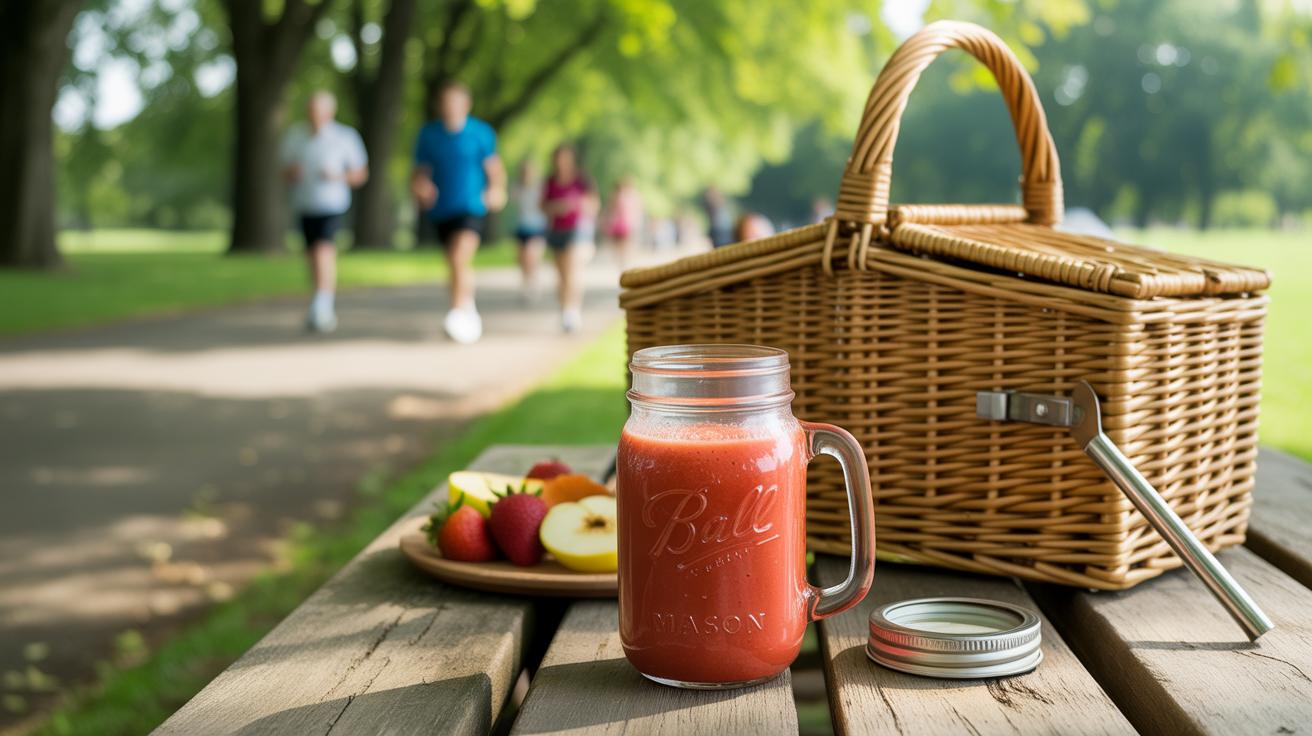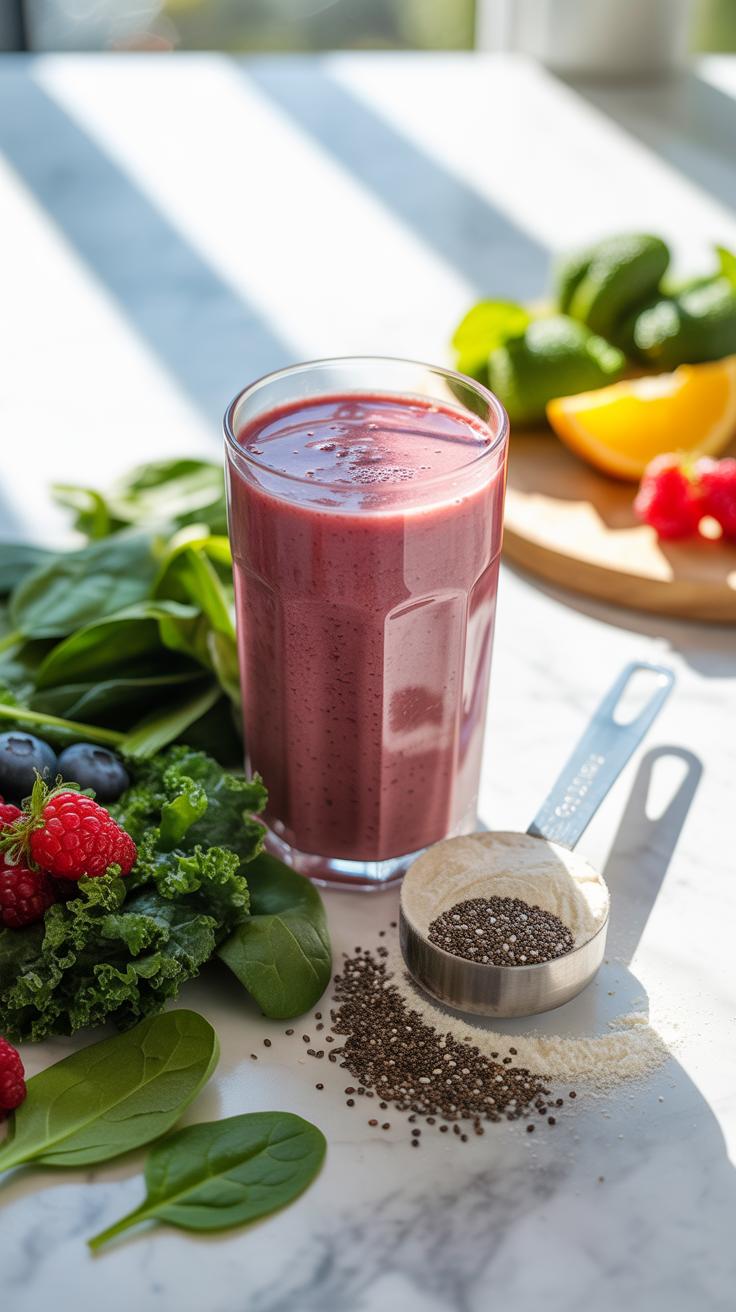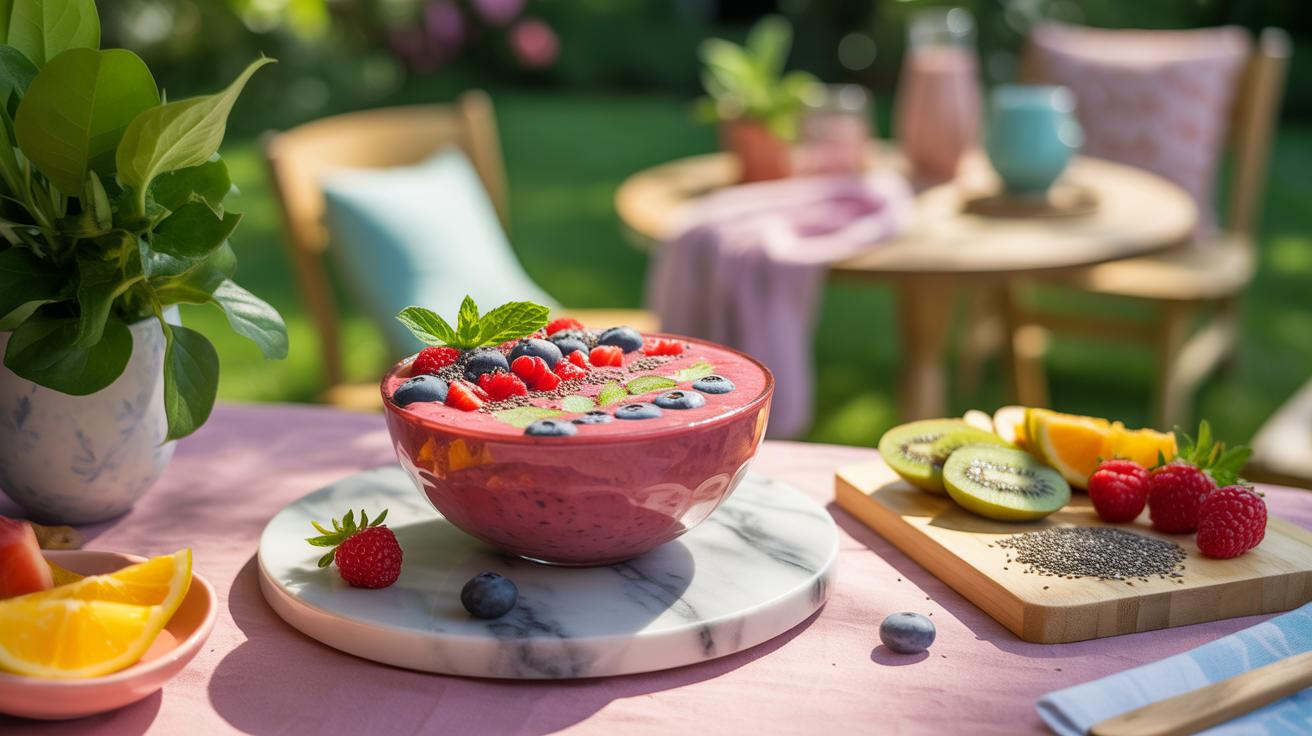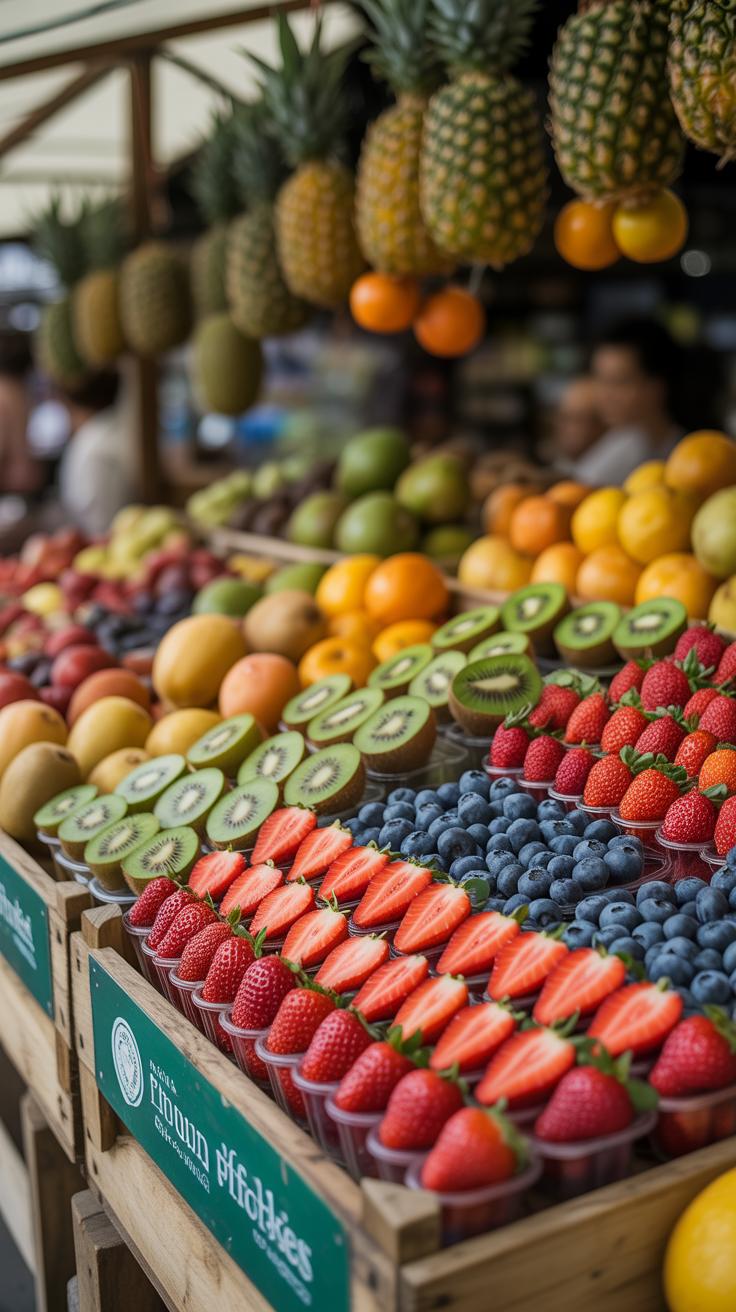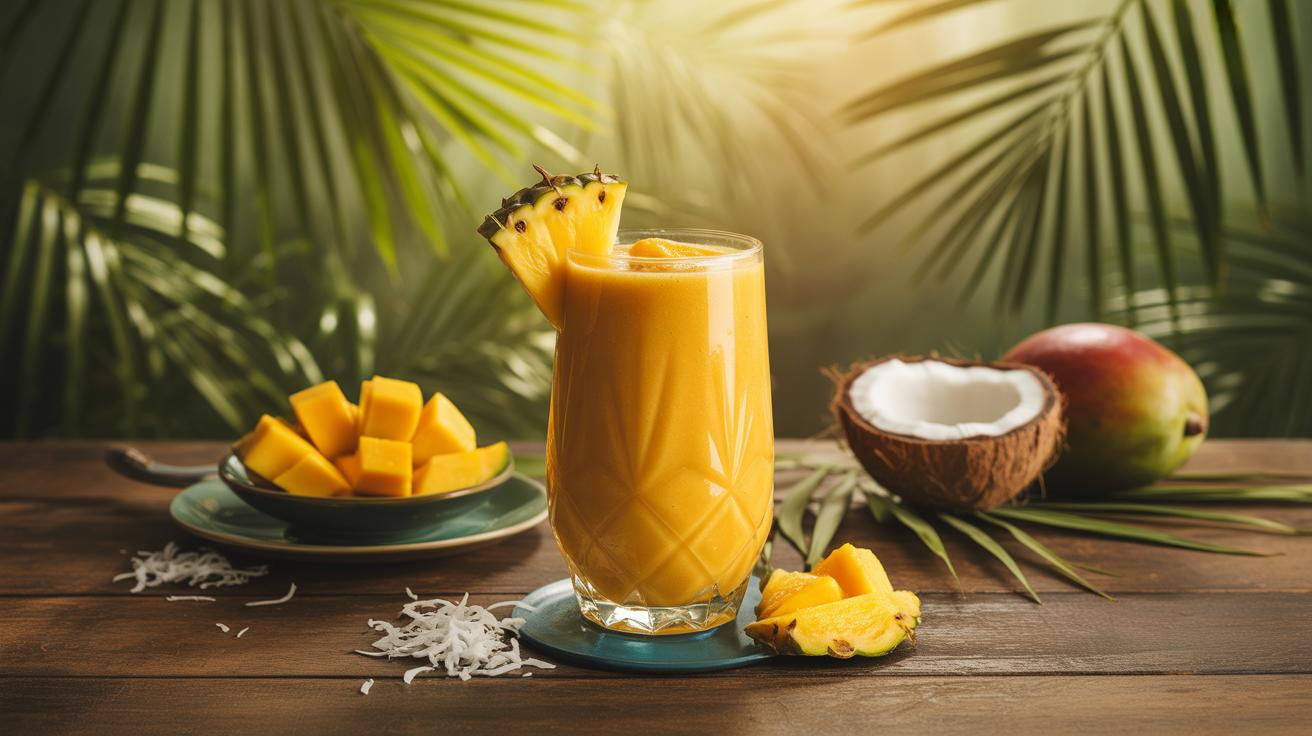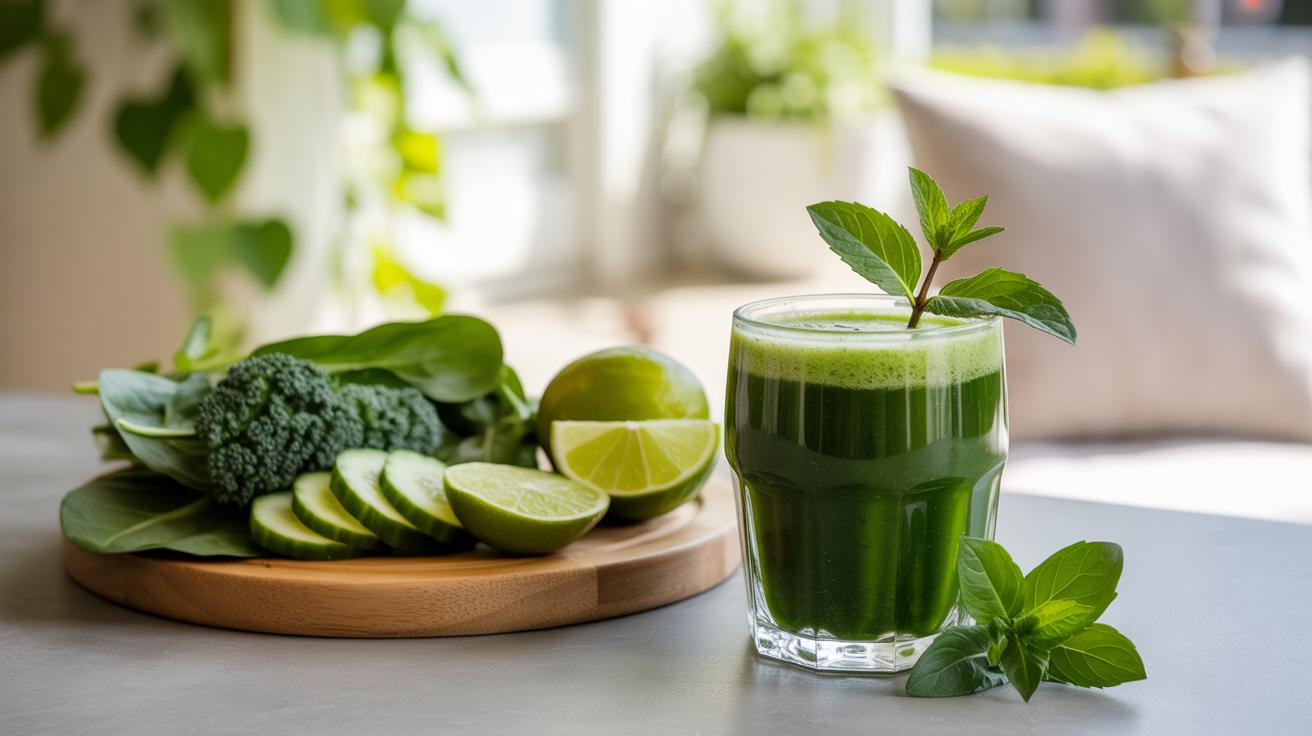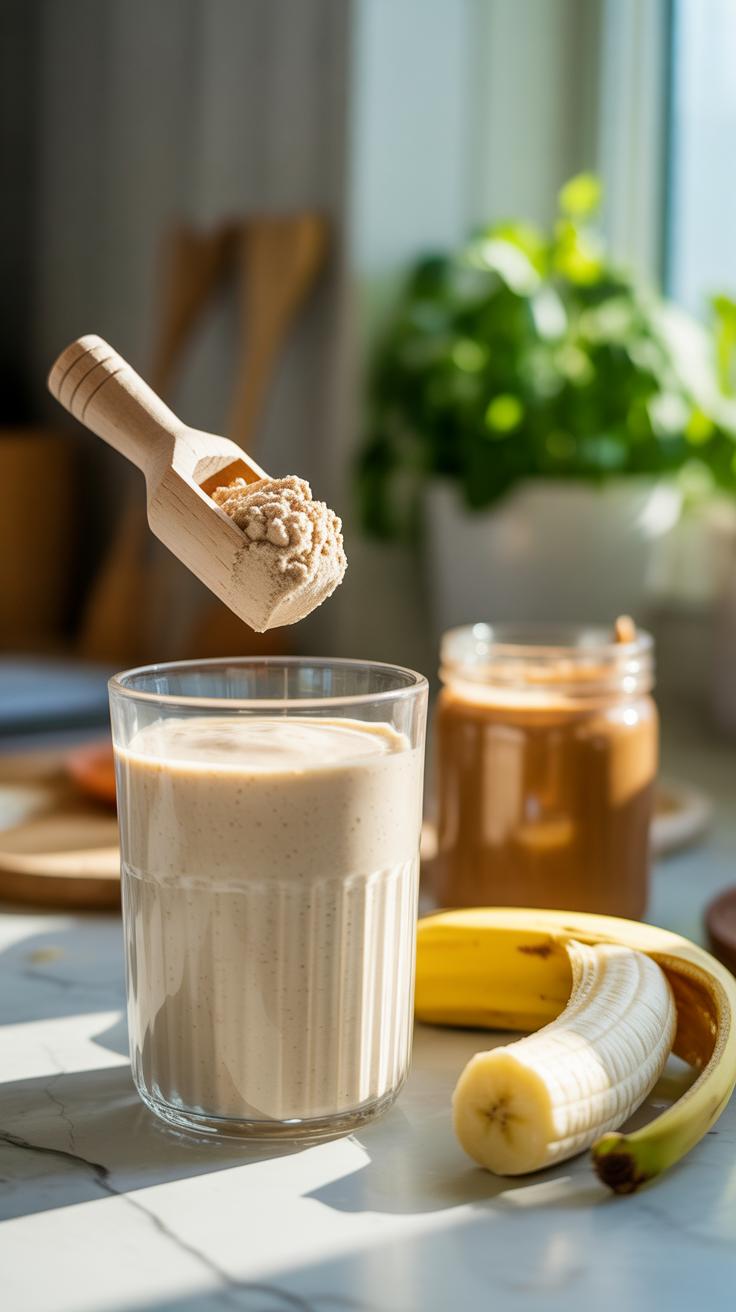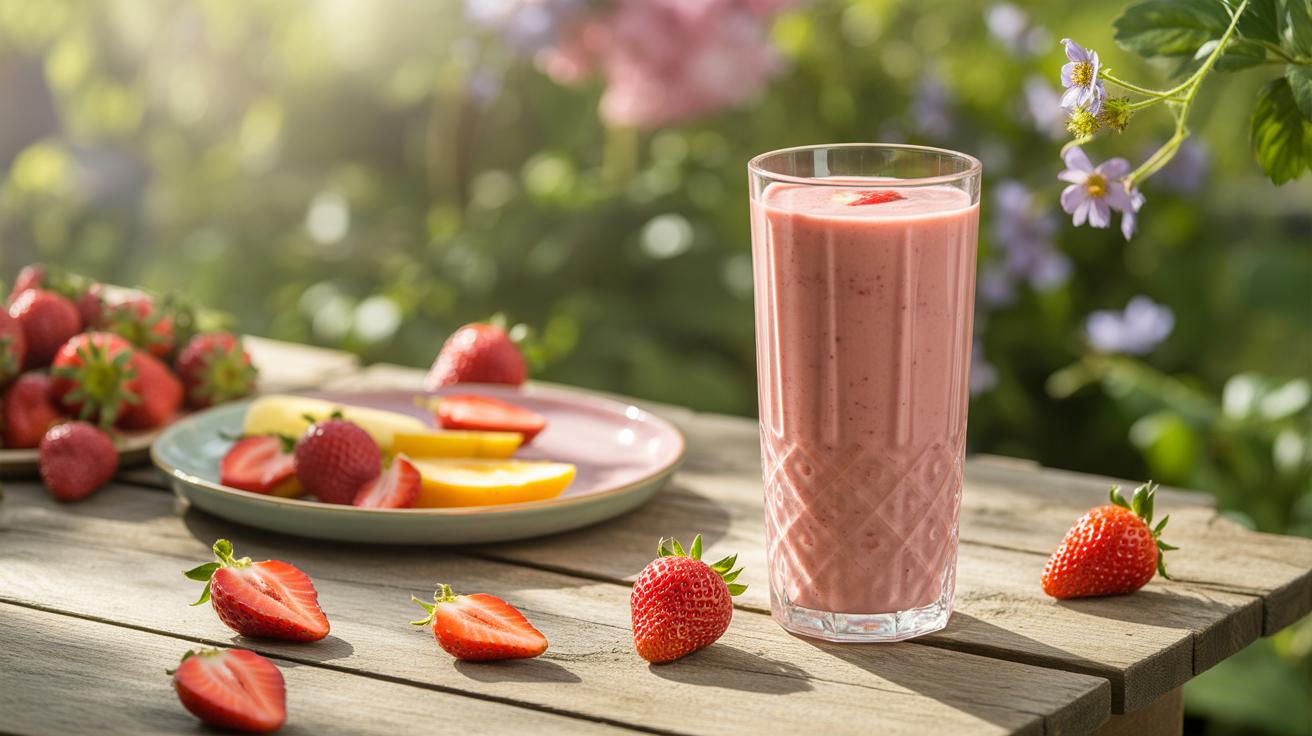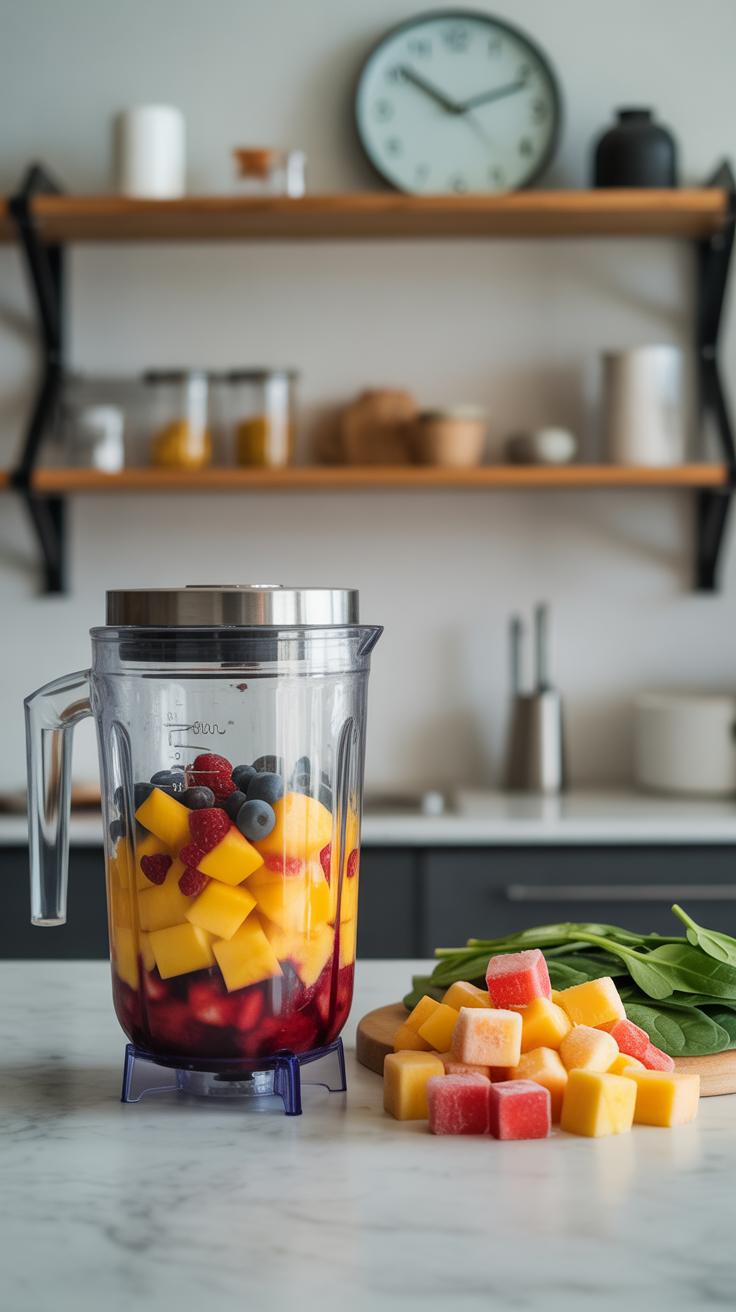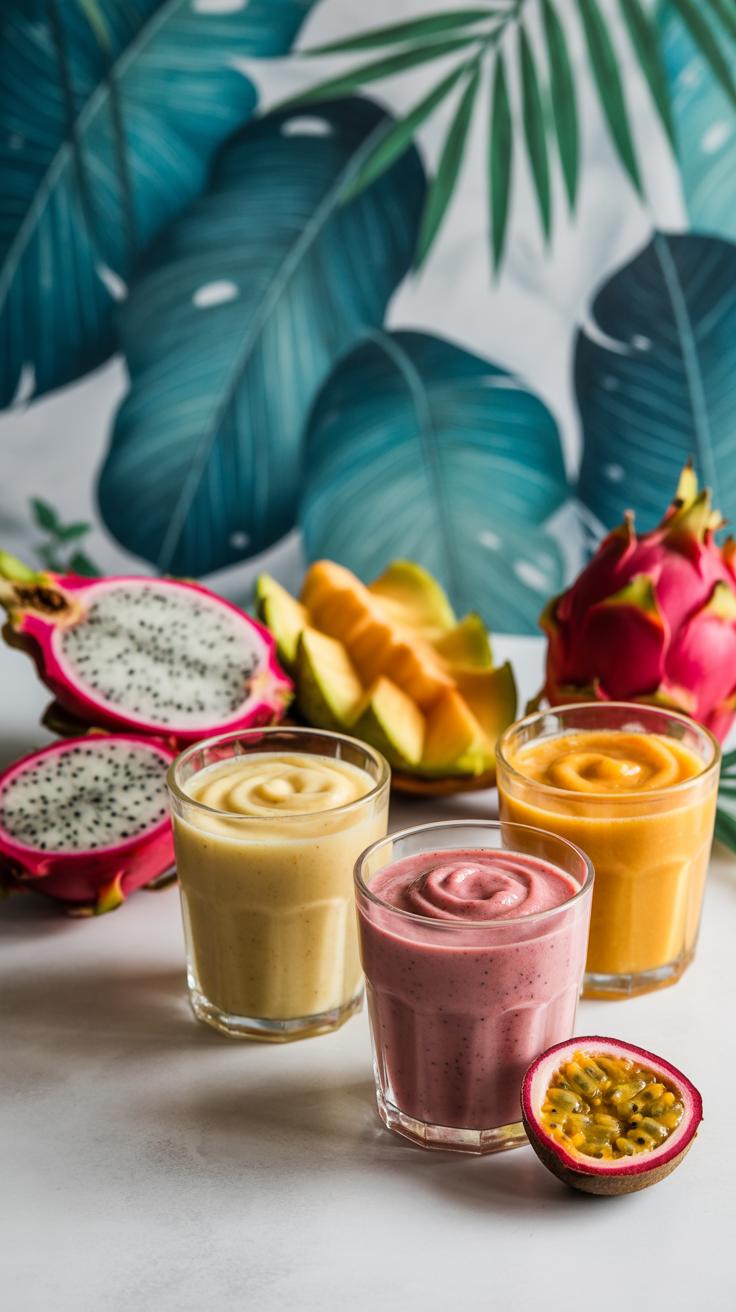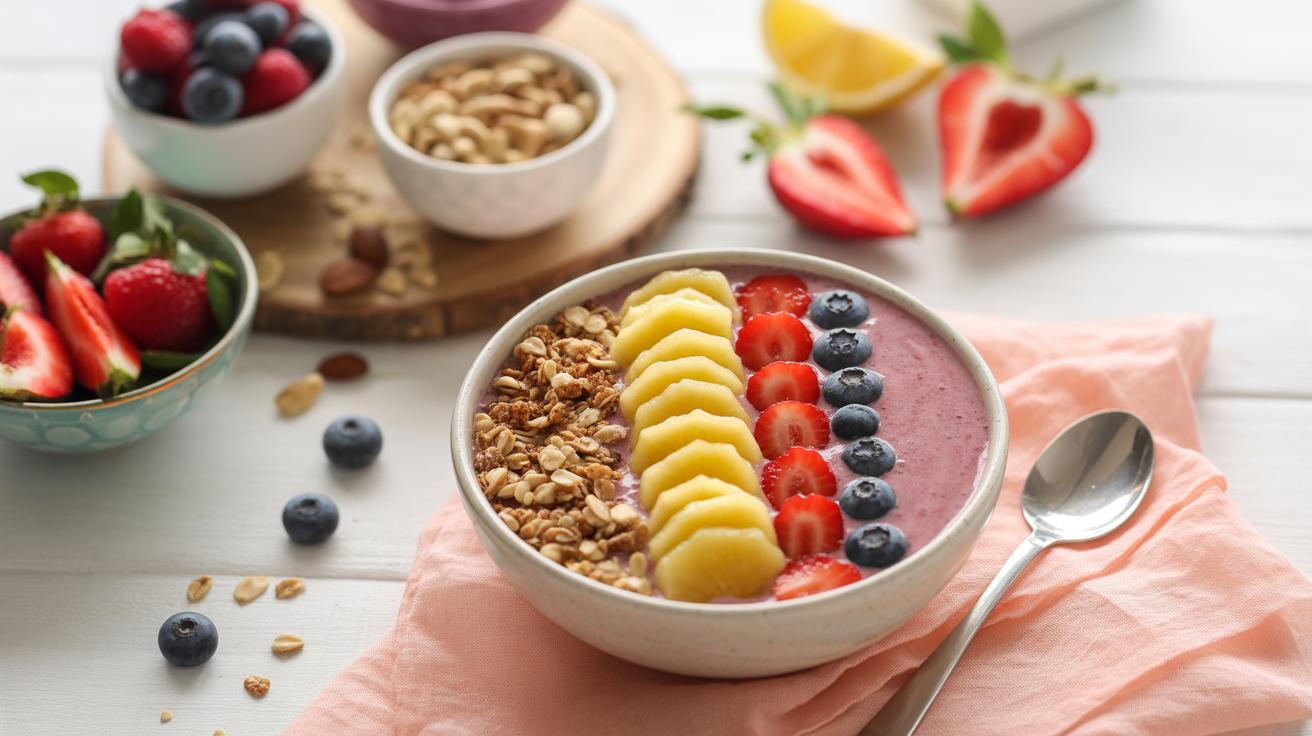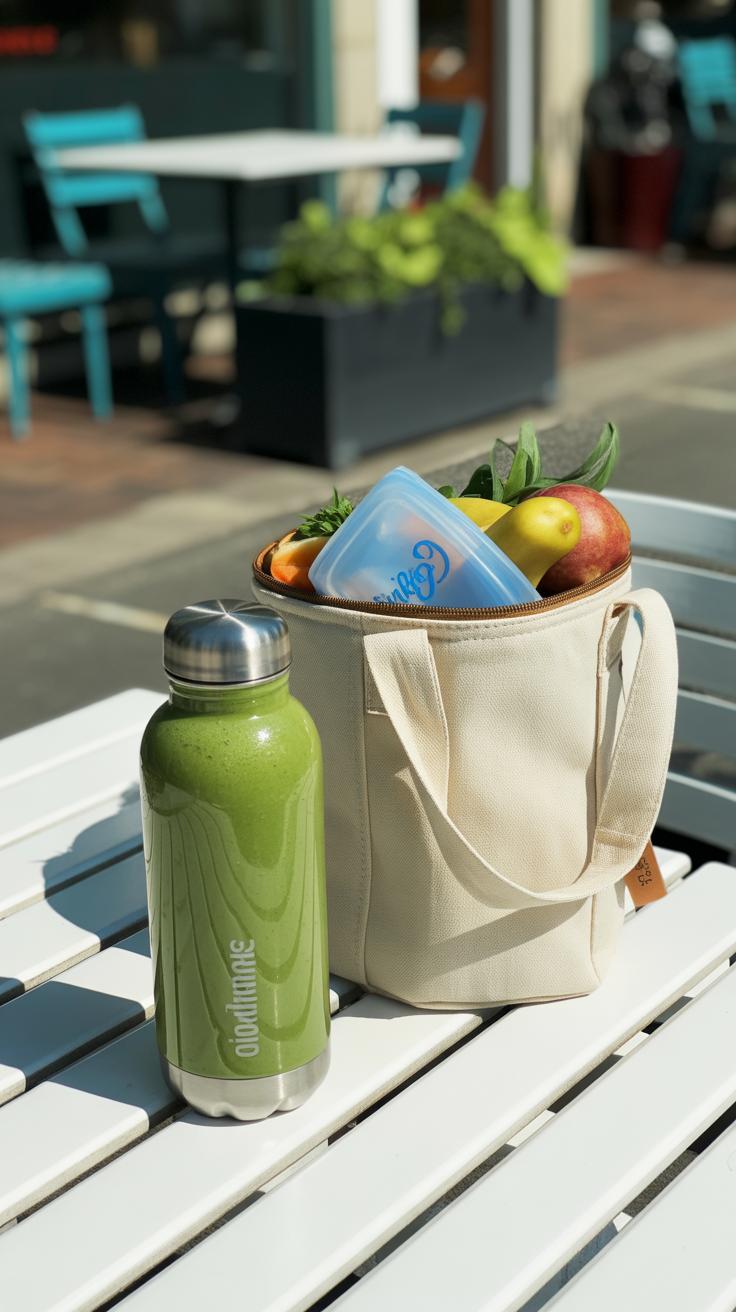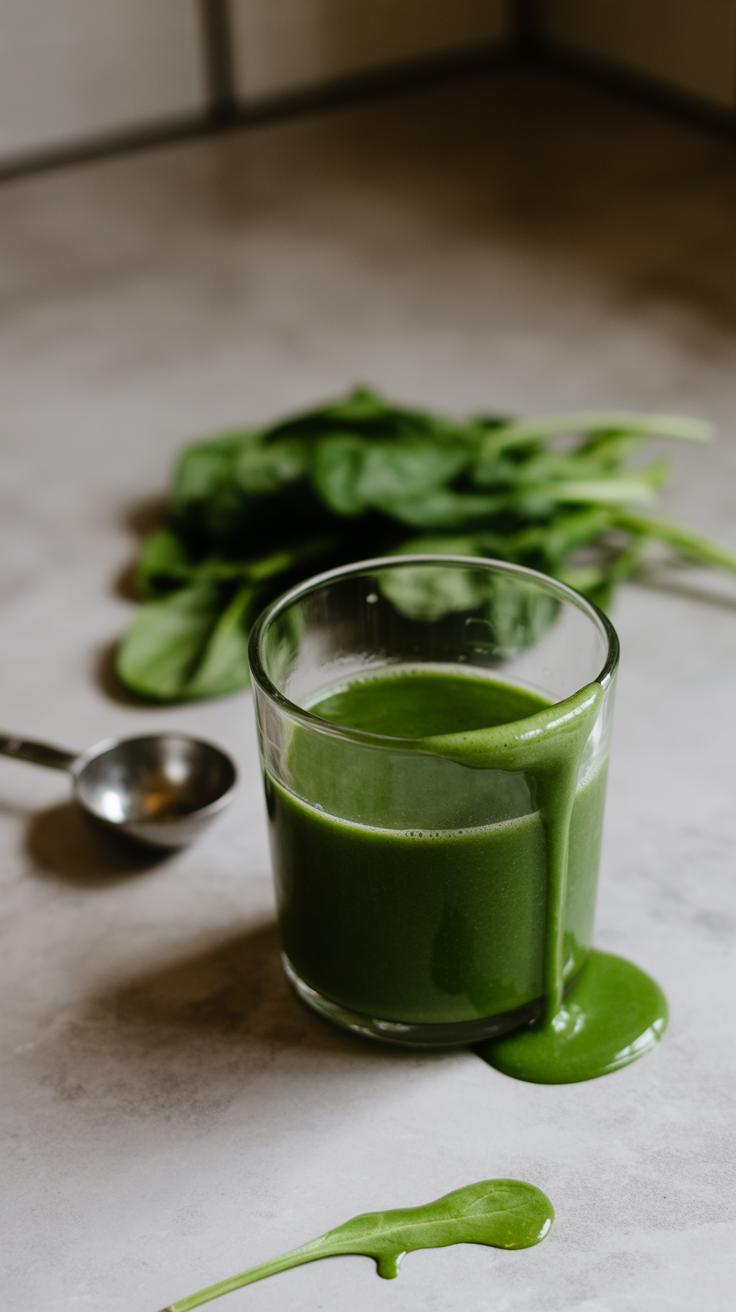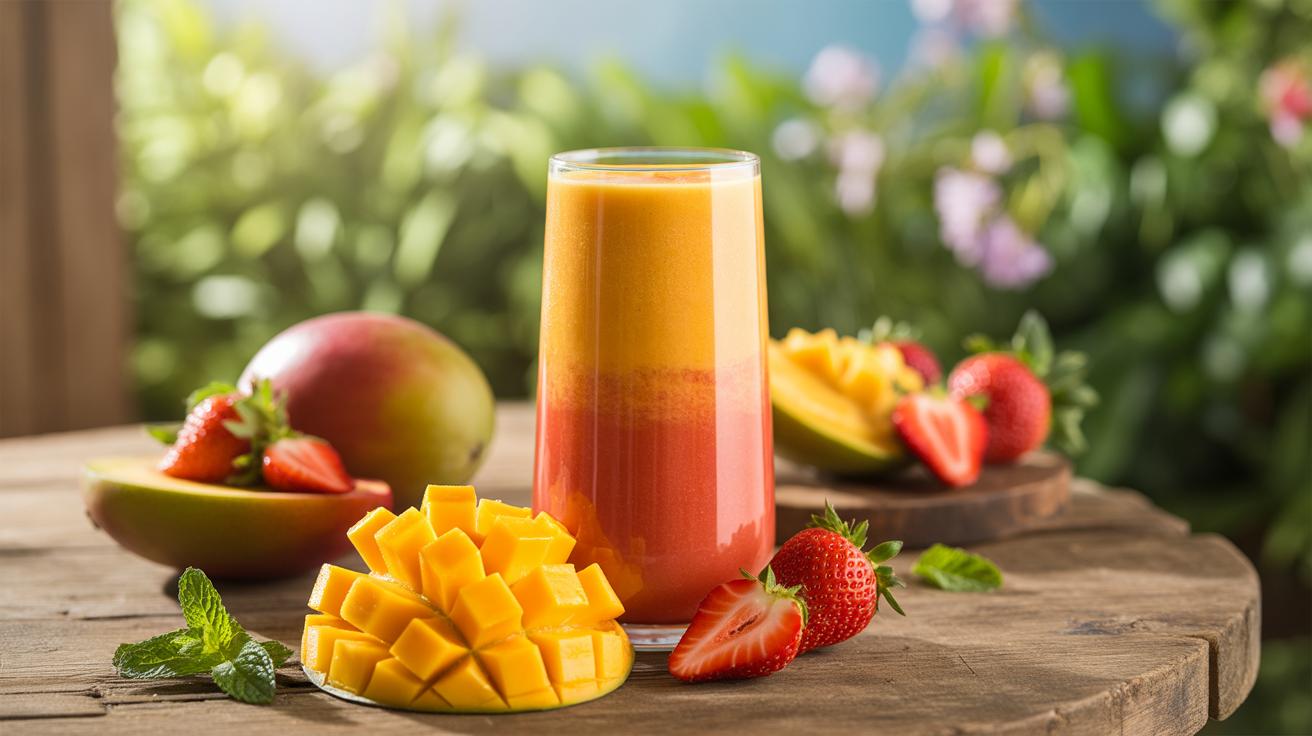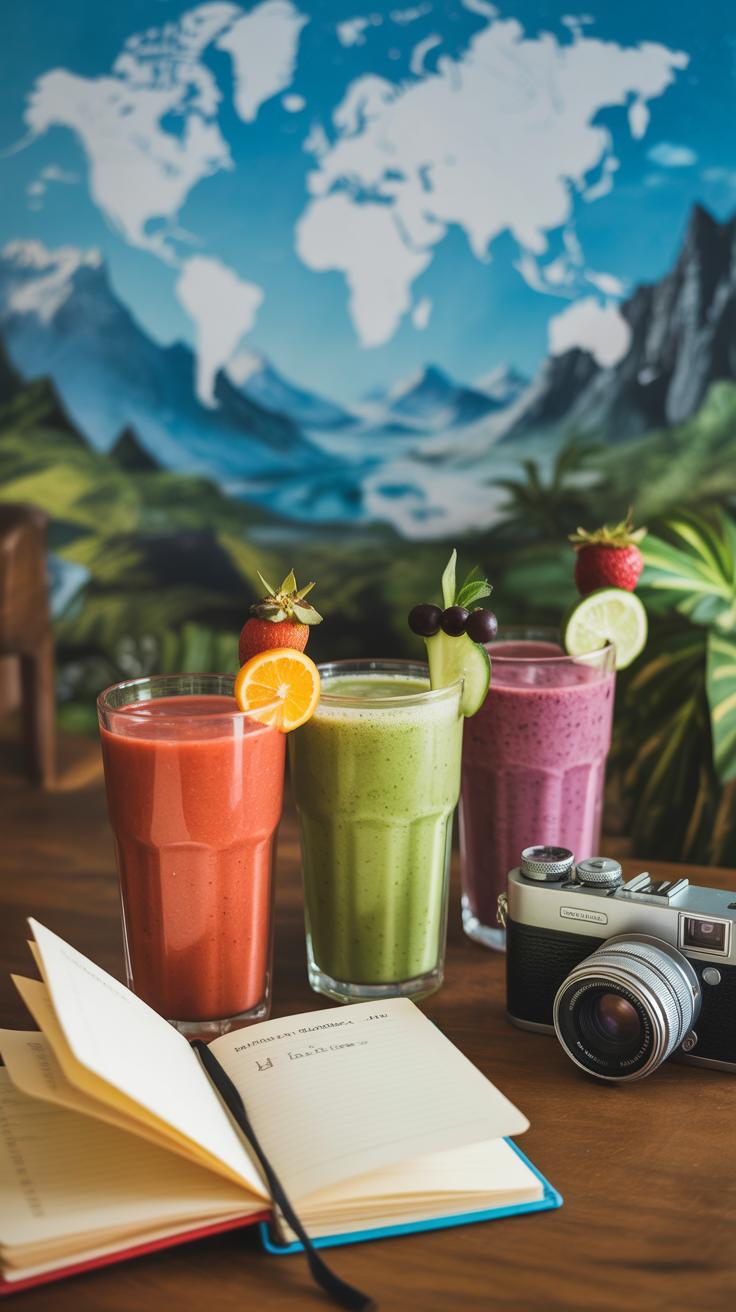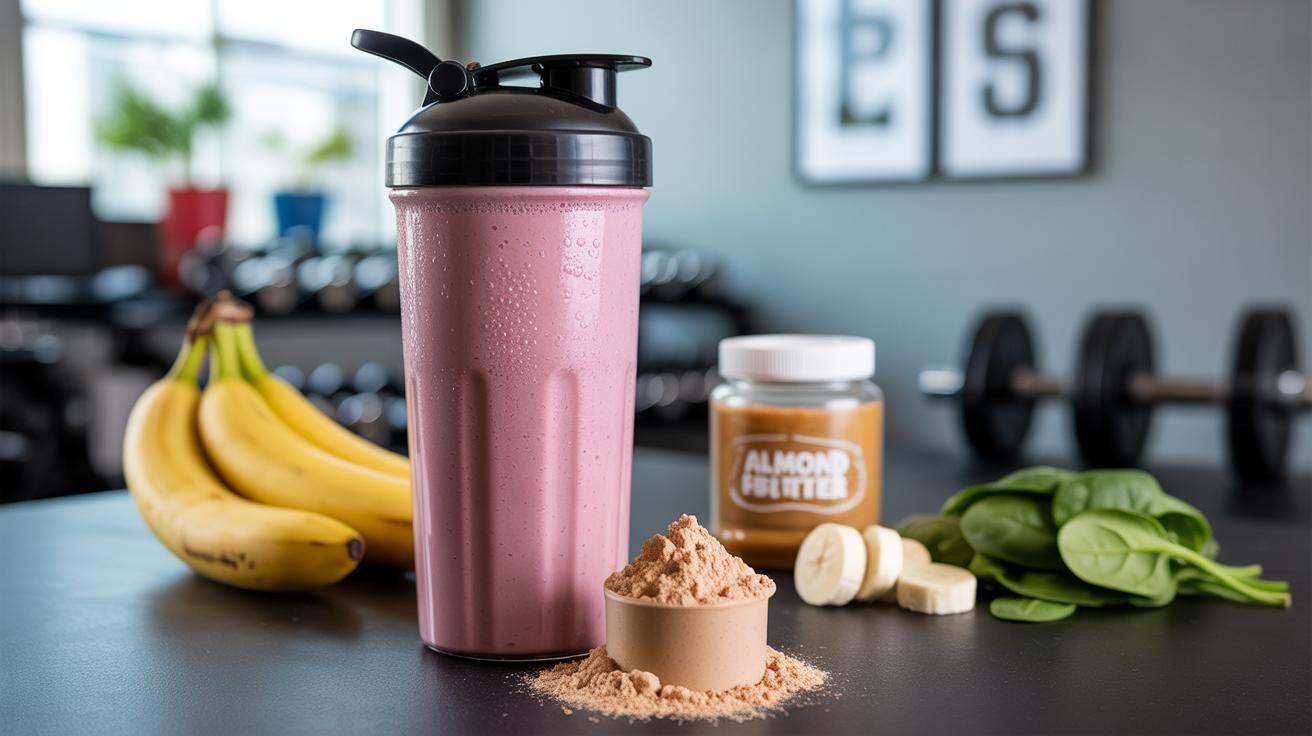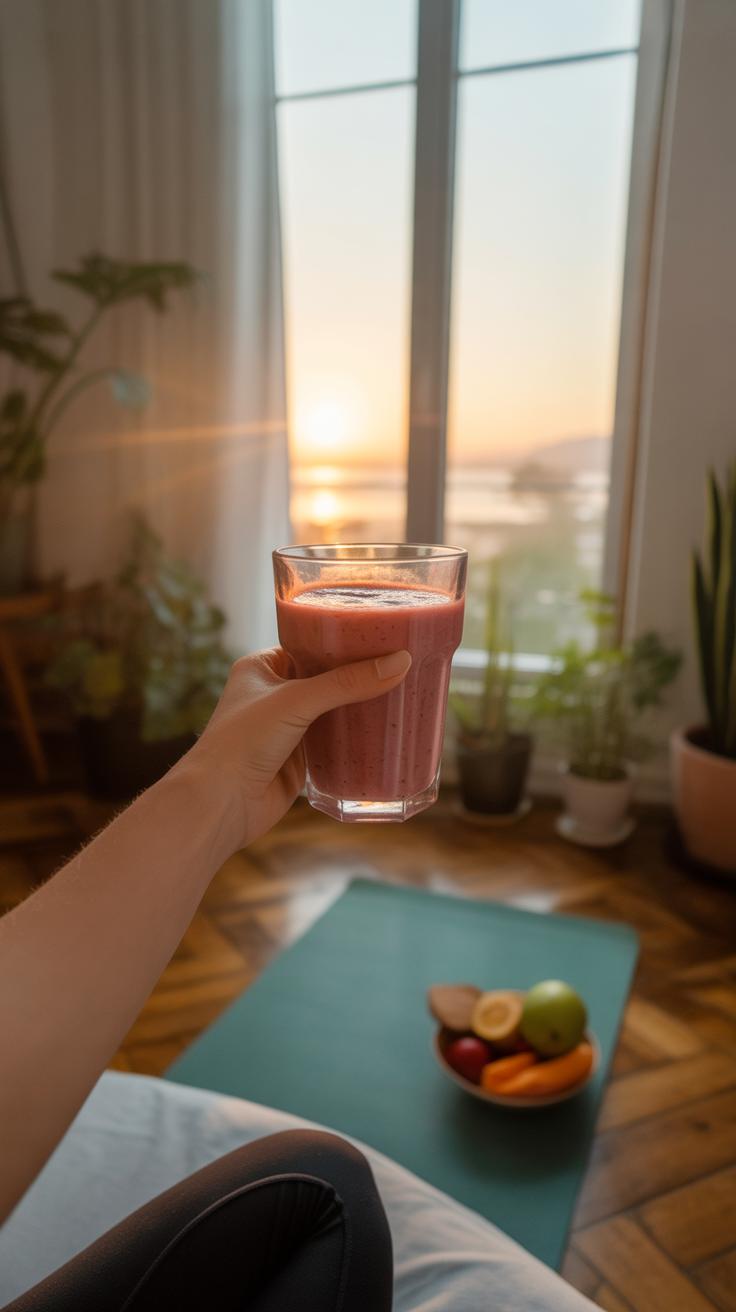Introduction
Quick fruit smoothies are a smart choice when you need a healthy option that fits your busy schedule. They mix fruits and other tasty ingredients into a drink that’s easy to take anywhere. Making smoothies fast doesn’t mean you have to skip on nutrition or flavor.
In this article, you will learn how to create quick fruit smoothies and the best ingredients to use for a nutritious, refreshing drink. Whether for a breakfast boost or a midday snack, these smoothies give your body good fuel and save you time.
What Is A Fruit Smoothie
A fruit smoothie is basically a drink made by blending fruits with other ingredients until smooth. You start with fresh or frozen fruits, then mix them with a liquid base like fruit juice, milk, or yogurt to help everything blend nicely. For example, blending strawberries with a splash of orange juice makes a simple smoothie. Sometimes people add extras like vegetables—spinach or kale pop up a lot—or protein powders if they want a bit more energy. Ice cubes are often tossed in too, making the drink colder and thicker. It’s really flexible, which is why so many people like them; you can adjust flavors and textures just how you prefer. The end result is a creamy, drinkable snack or meal, perfect for when you’re on the move or just want something quick and fresh.
Basic Ingredients
When you look at fruit smoothies, they usually have three key parts: fruit, liquid, and sometimes extras. Common fruits include bananas, berries, mango, apples, and peaches. Bananas are great because they add creaminess and natural sweetness. Berries give a tart flavor and lots of color. The liquid helps the blender do its work—fruit juice makes it sweeter, milk adds richness, and yogurt brings a tangy taste plus creaminess. Then, some people like to add protein powder or nut butters for filling energy, or even a handful of spinach to sneak in some greens without changing the taste much. Every ingredient has a purpose—fruit for flavor and nutrients, liquid for blendability, and extras for texture or boost.
How To Make A Smoothie
Making a smoothie is pretty straightforward. First, wash your fruits well—this might sound obvious but it’s easy to forget. Then chop any big pieces, especially if your blender isn’t very powerful. After that, add your fruit into the blender along with your chosen liquid—maybe half a cup or so to start. Toss in any extras you want. Blend everything for about 30 seconds to a minute. You’re looking for a smooth, creamy texture, but sometimes I like it a little chunky, if that makes sense. If it’s too thick, add more liquid; too thin, add ice or frozen fruit. Experiment a bit—that’s part of the fun. And, honestly, no two smoothies turn out exactly the same, which keeps breakfast or snack time interesting.
Healthy Benefits Of Fruit Smoothies
Nutritional Boost
Fruit smoothies bring a pretty good mix of vitamins, minerals, and fiber to your day, often without you even noticing. Take oranges, for example—they’re loaded with vitamin C, which helps your immune system stay sharp. Bananas provide potassium, which supports muscle function and can keep cramps at bay if you’re moving around a lot.
Then there’s fiber—something many people don’t get enough of. Blending whole fruits means you still get the fiber that helps with digestion and keeps you feeling full longer. This makes smoothies a solid choice if you want to avoid that mid-morning crash or late afternoon slump.
It’s not just about one nutrient; smoothies make it easy to eat a combination of fruits that cover a range of needs. Sometimes, I find myself surprised how just a handful of ingredients can boost my energy and mood.
Energy On The Go
Fruit smoothies can be great when you’re juggling a busy schedule and need a quick pick-me-up. They provide natural sugars that your body turns into energy fast, but they don’t feel heavy or hard to digest. You know that feeling after grabbing something sugary or processed—bloated or sluggish? Smoothies usually don’t do that.
Since you can pour a smoothie into a travel cup, it makes staying nourished less complicated. They’re easier to carry than most snacks and tend to keep better too—especially if you use thicker bases like yogurt. I sometimes swap a smoothie for a snack or even a meal when I’m short on time, and it does the trick.
It’s interesting, though; while smoothies are convenient, not everyone finds them filling enough as a full meal. So maybe experiment with adding some protein or healthy fats if you’re trying to rely on them more often.
Choosing The Best Fruits For Your Smoothie
Picking fruits for your smoothie is a bit like choosing ingredients for a recipe—you want taste and nutrition working together, but also texture and a bit of fun. Popular favorites like berries, bananas, and mangoes stand out because they offer more than just flavor. Berries, for instance, tend to add a nice burst of color and a subtle tartness that wakes up your palate.
Bananas usually bring creaminess and natural sweetness, which helps if you prefer a thicker smoothie. Mangoes? They offer a tropical sweetness alongside a smooth, almost buttery texture that feels like a treat, even if you’re in a hurry. These fruits aren’t just tasty; they change how your smoothie feels in the mouth, which can be as important as how it tastes.
Sweet And Tangy Fruits
Some fruits naturally add sweetness—think of ripe peaches or watermelon—they make your smoothie feel like a little reward. Then, you have tangier options like pineapples, kiwis, or green apples. These give your smoothie an inviting zing, stopping it from being too one-note or cloying. If you’ve ever tasted a smoothie that felt a bit flat, the tangy fruits might have been missing.
Sweet fruits tend to soften sharp flavors and make the drink feel smooth on your tongue. Tangy fruits, on the other hand, brighten things up and can keep you coming back for more. Mixing these ensures your smoothie isn’t just healthy but interesting.
Balancing Flavors
Here’s a simple idea: try pairing sweet bananas with tart berries or green apples. The banana softens the sharpness of the berries, so the smoothie isn’t too sour or too sweet. Or add a handful of mango with some lemon juice for a pop of freshness that doesn’t overpower.
Experiment with ratios—maybe start with one part sweet to one part tangy fruit—and adjust. Sometimes a little trial and error can reveal surprising combos that work like magic. Don’t be afraid to mix textures, too. Adding firmer fruit can make your smoothie feel more substantial, especially if you’re using watery fruits, which can thin it out more than you expect.
Adding Protein To Your Smoothie
When you’re busy and active, adding protein to your smoothie isn’t just a nice idea—it can actually make a difference. Protein helps repair muscles and gives you longer-lasting energy. I’ve noticed on days I skip protein, I tend to feel hungry way sooner. So, it’s not just about muscle recovery; it’s about staying fueled through your day.
Protein Sources
There are plenty of simple ways to add protein without much fuss. Yogurt, for example, adds creaminess and a mild tang—Greek yogurt is especially good because it packs more protein than regular yogurt. Then, there’s protein powder, which some people love because you can just scoop it in. It comes in flavors like vanilla or chocolate, so it can change the taste depending on what you choose.
Don’t forget nuts. Almonds or peanut butter can thicken your smoothie and add a nutty flavor along with protein. They also give it a bit of texture, which can be nice or maybe a bit unexpected if you’re used to silky smooth drinks. Experimenting with these can help you find what suits your taste and keeps you full longer.
Making It Creamy And Filling
Protein isn’t just about nutrition—it changes how your smoothie feels. Add enough, and your smoothie gets thicker, almost like a milkshake. This thickness means you’ll feel satisfied and full for hours, not just minutes. That feeling can stop you from reaching for snacks between meals, which can be a game-changer when time’s tight.
So, when you’re blending up fruits, think about tossing in some protein. It could be the difference between a quick snack and something that actually sustains you. Plus, it makes your smoothie feel more like a meal, especially on those hectic mornings.
Tips For Making Smoothies Fast
Getting a smoothie ready doesn’t have to take long—sometimes it feels like the biggest delay is just finding and prepping the fruit. One thing that makes a real difference is keeping fruit pre-cut and ready to go. Maybe you chop up your bananas, apples, or berries in advance and stash them in the fridge or freezer. Having those pieces ready means you’re not stuck wrestling with a knife when you’re already rushed.
Frozen fruit can be a game changer here. It not only chills your smoothie but also takes out the step of adding ice. Just toss frozen berries or mango chunks straight into your blender and save yourself some extra prep time. I’ve found that frozen fruit also helps with texture, making your smoothie thicker without much fuss.
Setting up your blender in advance might sound odd but it really saves seconds you’d otherwise waste hunting for parts or untangling cords. Keep your blender near where you prep fruit, and maybe leave the blender jar on the base. That way, when you’re ready, you just drop in your ingredients and blend. Small things like this add up.
Prepping Ahead
Prepping ingredients ahead is honestly a life saver on busy mornings. Try this: portion out smoothie packs by combining fruit, maybe a handful of spinach or kale, and store them in zip-lock bags in the freezer. When you want a smoothie, grab a pack, add your liquid, and blend. It’s almost no work.
Freezing fruit on its own works well too. Peel and slice bananas or chop pineapples and freeze them in a single layer on a tray. Once frozen, move them to bags for easy access. This stops the fruit from clumping together, so you can scoop exactly what you need.
Choosing The Right Tools
The blender you pick makes a big difference. You don’t want to struggle with a slow motor that can’t handle frozen chunks. A blender with a power of at least 500 watts usually does the job, but I think it depends a lot on how you use it.
Look for blenders with easy-clean features and removable parts. When you can rinse or toss the jar into the dishwasher quickly, you’ll be more inclined to make smoothies daily. Some models come with single-serve cups, which is great if you’re blending just for yourself and want to drink on the go.
Think about controls too. Simple presets for smoothies or pulse options can reduce the muscle you need to work the blender. These little things help shave off seconds each time and make the routine smoother—if you’ll pardon the pun.
Creative Smoothie Recipes To Try
Classic Fruit Smoothie
Let’s start with a simple fruit smoothie anyone can whip up quickly. You need just a few things: a banana, a cup of mixed berries (fresh or frozen), a cup of milk or your favorite dairy-free alternative, and a spoonful of honey if you like it a bit sweeter. Throw everything into the blender and blend until smooth. That’s it. Easy, right?
The banana adds creaminess and natural sweetness, while berries bring a burst of flavor and antioxidants. If you want a thicker texture, try adding a handful of ice or a dollop of yogurt. It’s really your call. I find it perfect for mornings when I’m in a rush but still want something fresh. You can tweak this basic idea with any fruit you have around—mango or pineapple work well, too. The key is to keep it simple and let the fruit shine.
Green Smoothie Twist
Now, if you’re curious about adding greens without turning your smoothie into something too “healthy” or chalky, this one might surprise you. Start with a handful of spinach or kale, a ripe banana for sweetness, and a cup of frozen pineapple or mango. Add about a cup of coconut water or plain water to blend it all up.
Greens bring in fiber and vitamins that your body will thank you for, but the fruit masks any bitterness. This combo tastes fresh, slightly tropical, and really refreshing—nothing too “green smoothie” if you catch my drift. I wasn’t sure about it at first, but this mix grows on you. Give it a go and adjust the fruit amount if you want it sweeter or lighter. Plus, you can sneak in other add-ons like chia seeds or a little fresh ginger if you’re feeling adventurous.
Storing And Carrying Your Smoothie
Choosing Containers
Picking the right container makes a big difference when you want your smoothie on the go. Look for bottles or jars with tight-fitting lids to prevent leaks. Plastic containers are lightweight and often come with screw tops, which are handy for quick transport. But glass jars can work too, especially if you’re carrying it in a bag and want to avoid any taste transfer from plastic. Some people prefer insulated bottles—they keep smoothies cold longer, which can really help if you’re out for a few hours. Yet, those bottles can be bulkier and heavier, so it’s a trade-off. Whatever you choose, make sure it seals well and fits comfortably with your daily carrier—bag, backpack, or even your car cup holder.
Keeping Smoothies Fresh
Smoothies don’t always stay fresh for long, especially once blended. If you plan to make them in advance, store them in the fridge right away and try to drink within 24 hours. Maybe even sooner if you’re picky about taste. Adding a little lemon juice can help slow down browning for fruit-heavy blends. It’s tempting to fill the container completely, but leaving a bit of space on top can reduce oxidation, which affects flavor and color. When freezing smoothies, use containers with some headroom since the liquid expands. Defrost in the fridge overnight and give it a good stir before drinking. Fresh really is best, but a little planning lets you squeeze more convenience out of those busy mornings or afternoons. You might notice some separation after sitting—a quick shake or stir usually fixes that.
Common Mistakes To Avoid
Too Much Sugar
Lots of smoothies start sweet and tasty, but sometimes they go overboard with sugar. Adding too much sugar or pouring in fruit juice can turn your healthy drink into a sugary snack. Your body might get a quick energy boost but then crash later, which isn’t great if you’re on the move.
Think about swapping sugary syrups or juice with whole fruits instead. Bananas, berries, or mango pieces bring natural sweetness and fiber too. If you want a little extra sweetness, a small drizzle of honey or a dash of cinnamon can do the trick without going crazy. And, honestly, your taste buds can adjust over time. Try cutting back gradually—you might find the smoothie just as satisfying without that extra sugar rush.
Ignoring Protein
Many people forget protein in their smoothies, but it makes a big difference. Without protein, you might feel hungry again soon after drinking. That quick hunger can lead to snacking or losing energy during a busy day. Protein helps keep you full longer and balances the sugars from fruit.
Adding protein doesn’t have to be complicated. A scoop of yogurt, a handful of nuts, or a splash of milk can work well. Even a scoop of protein powder or some peanut butter helps. It’s a small step, but it changes how your smoothie fuels you. If you skip this, you might wonder why your “healthy” smoothie doesn’t hold you over—it’s probably missing that important piece.
Smoothies Around The World
Fruit smoothies might seem universal, but their cousins—drinks similar in style but diverse in culture—offer a fresh perspective. Take the Indian lassi, for example. It’s a simple blend of yogurt, water, and often fruit like mango, sometimes spiced with cardamom or sprinkled with a bit of salt. People often enjoy lassi as a refreshing treat during hot days or alongside spicy meals to cool the palate.
Then there’s ayran from the Middle East—a mix of yogurt, water, and a pinch of salt. No fruit here, but it serves a similar purpose: light, hydrating, and slightly tangy. It’s a staple at lunch or dinner, especially with grilled meats or rice dishes.
Both drinks show how local ingredients shape these smoothie-like beverages. In India, thick yogurt and tropical fruits thrive, while in Middle Eastern regions, the saltiness balances flavors and heat. It makes you wonder—what would your usual smoothie look like if you swapped ingredients based on where you live?
Making Smoothies Part Of Your Daily Routine
Fitting a fruit smoothie into your day can feel tricky if you’re busy. But actually, it doesn’t have to take much time or effort. Think about when you usually reach for a snack or breakfast. These moments are perfect for a quick smoothie boost.
Try having a smoothie right after you wake up, especially if you’re not big on eating a full meal first thing. It’s easy to blend a handful of frozen fruit, yogurt or milk, and something like spinach or oats the night before. Then, in the morning, just give it a quick mix or pour and go.
Snacks between meals are another chance. Instead of grabbing a packaged bar or cookie, keep smoothie packs ready—frozen fruit, maybe a scoop of protein powder—and mix it up with water or juice. This saves time and keeps you on track.
Some ideas to set a routine:
- Prepare ingredients in portioned bags the night before or over the weekend.
- Keep your blender or smoothie maker accessible and clean to avoid excuses.
- Use simple recipes you enjoy; no need to get fancy every time.
Sticking with smoothies takes a bit of effort, especially on busy days. Variety helps a lot—try different fruit combos and add-ins so you don’t get bored. Also, if you feel rushed, remind yourself that smoothies can be a real timesaver compared to other breakfasts or snacks.
Maybe some days you’ll skip it and that’s okay—it’s about overall habits, not perfection. But when you can, blend a smoothie and notice how it fuels you. Small steps, one blend at a time.
Conclusions
Fruit smoothies offer a smart way to eat more fruits and stay energized throughout your day. They combine flavors from different fruits with helpful extras like yogurt or protein seeds. When you make them yourself, you control the ingredients and can avoid too much sugar.
Try the recipes and tips in this article to find your favorite quick fruit smoothie for on the go. You’ll enjoy meals and snacks packed with vitamins and taste, without needing long preparation times. Keep your blender ready and start blending healthy energy that fits your lifestyle.

